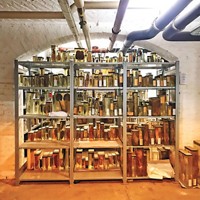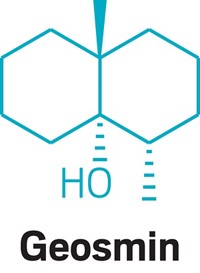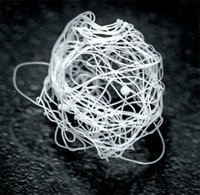Advertisement
Grab your lab coat. Let's get started
Welcome!
Welcome!
Create an account below to get 6 C&EN articles per month, receive newsletters and more - all free.
It seems this is your first time logging in online. Please enter the following information to continue.
As an ACS member you automatically get access to this site. All we need is few more details to create your reading experience.
Not you? Sign in with a different account.
Not you? Sign in with a different account.
ERROR 1
ERROR 1
ERROR 2
ERROR 2
ERROR 2
ERROR 2
ERROR 2
Password and Confirm password must match.
If you have an ACS member number, please enter it here so we can link this account to your membership. (optional)
ERROR 2
ACS values your privacy. By submitting your information, you are gaining access to C&EN and subscribing to our weekly newsletter. We use the information you provide to make your reading experience better, and we will never sell your data to third party members.
Biological Chemistry
Why Spider Webs Stick
Chemists identify two adhesive proteins that give web fibers a sticky coating, increasing the yuck factor
by Aaron A. Rowe
September 14, 2009
| A version of this story appeared in
Volume 87, Issue 37

The next time you walk into a spider web and it clings to your face, causing you to cringe, blame it on adhesive proteins. Spider silk has received a great deal of attention as a biomaterial because of its incredible strength, but the nature of its sticky surface coating has remained a mystery. Omer Choresh, Battuya Bayarmagnai, and Randolph V. Lewis of the University of Wyoming have now discovered a pair of spider genes that code for adhesive glycoproteins, nicknaming them “silk” and “snot” because the repetitive portions of those sequences are similar to the genes responsible for silk and mucin (Biomacromolecules, DOI: 10.1021/bm900681w). The team extracted and sequenced DNA from golden orb weaver spider aggregate glands, which biologists had already suspected as the origin of the adhesive proteins. They found that the genes are located on opposite strands of the same DNA sequence, an unusual biological two-for-one deal. Choresh went to great lengths to study the proteins, Lewis says, catching spiders in barns and collecting nearly 100 webs so that his team could isolate a water-soluble glycoprotein from the surfaces. The researchers sequenced the sticky substance by mass spectrometry and showed that its fragments matched the mucinlike protein sequence.





Join the conversation
Contact the reporter
Submit a Letter to the Editor for publication
Engage with us on Twitter